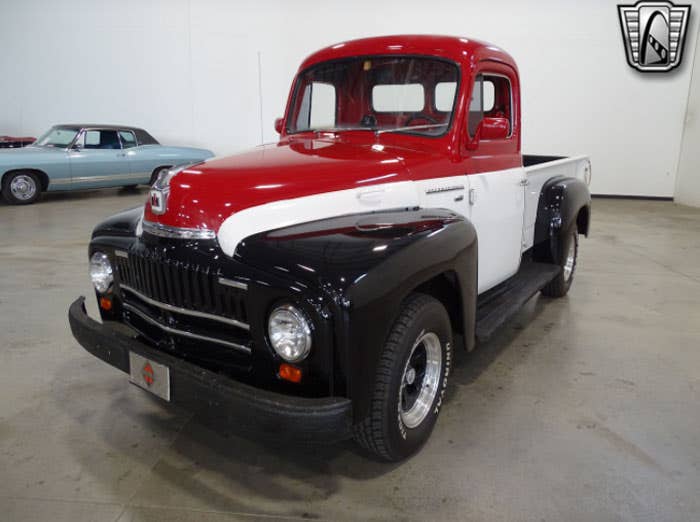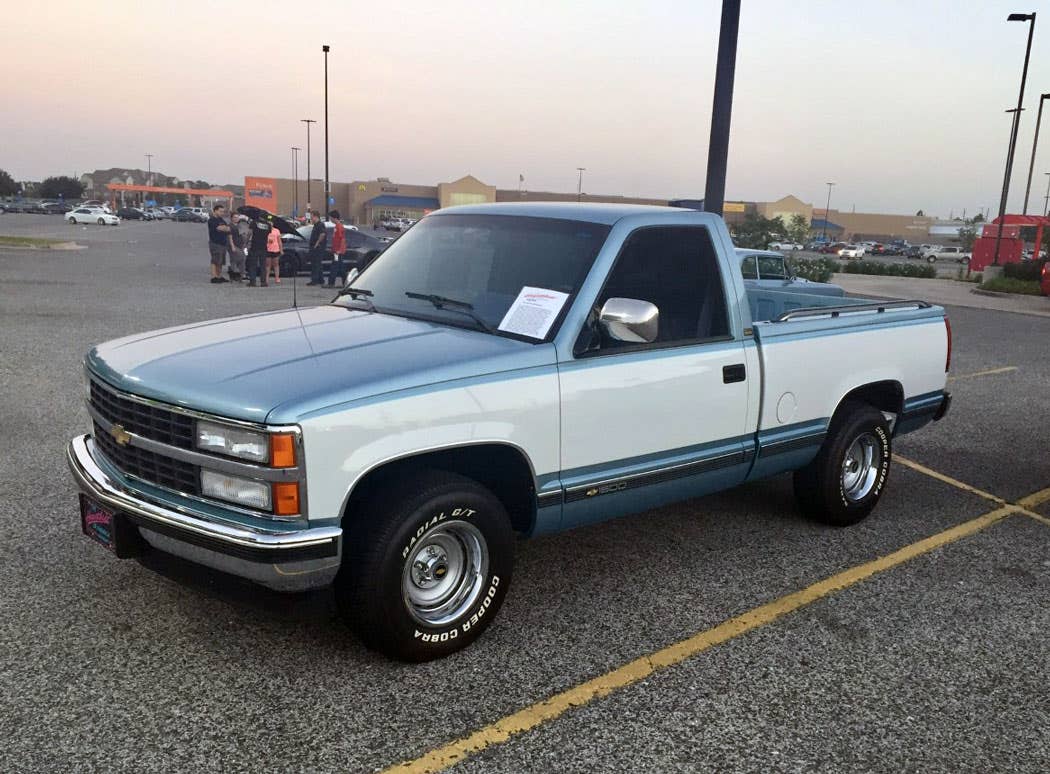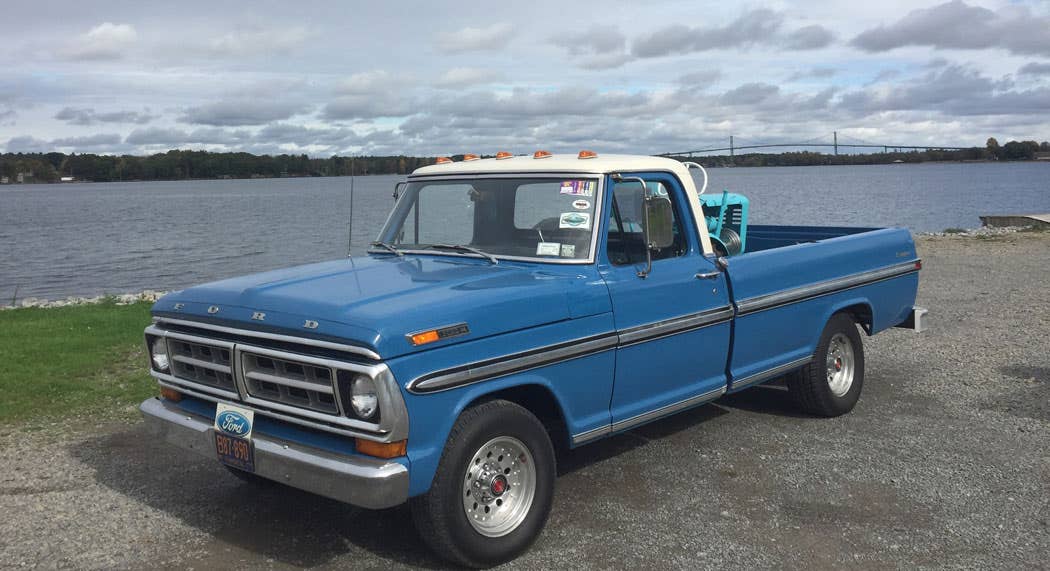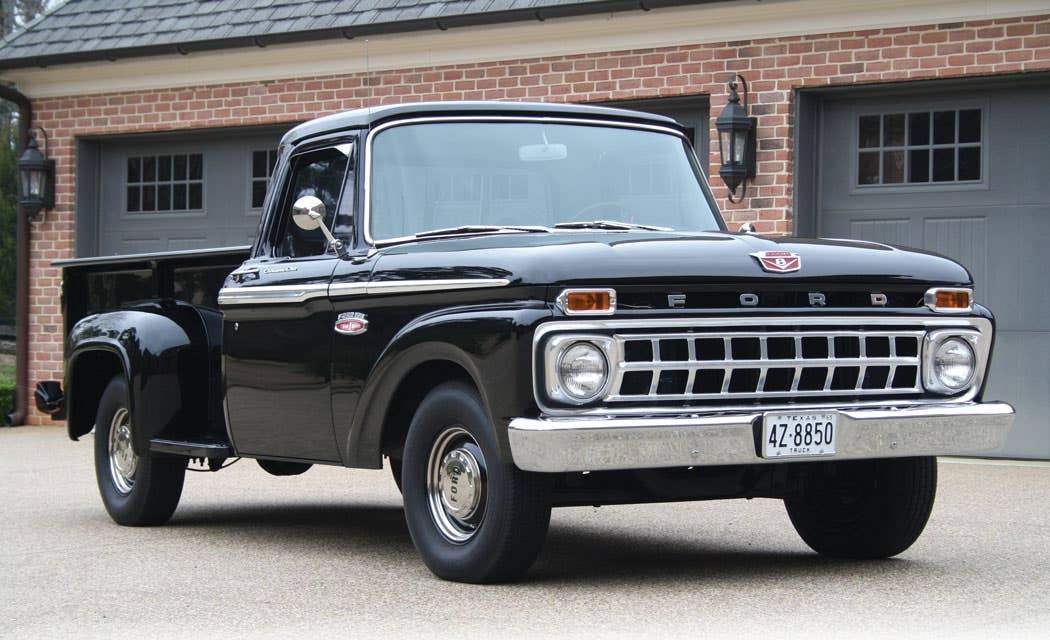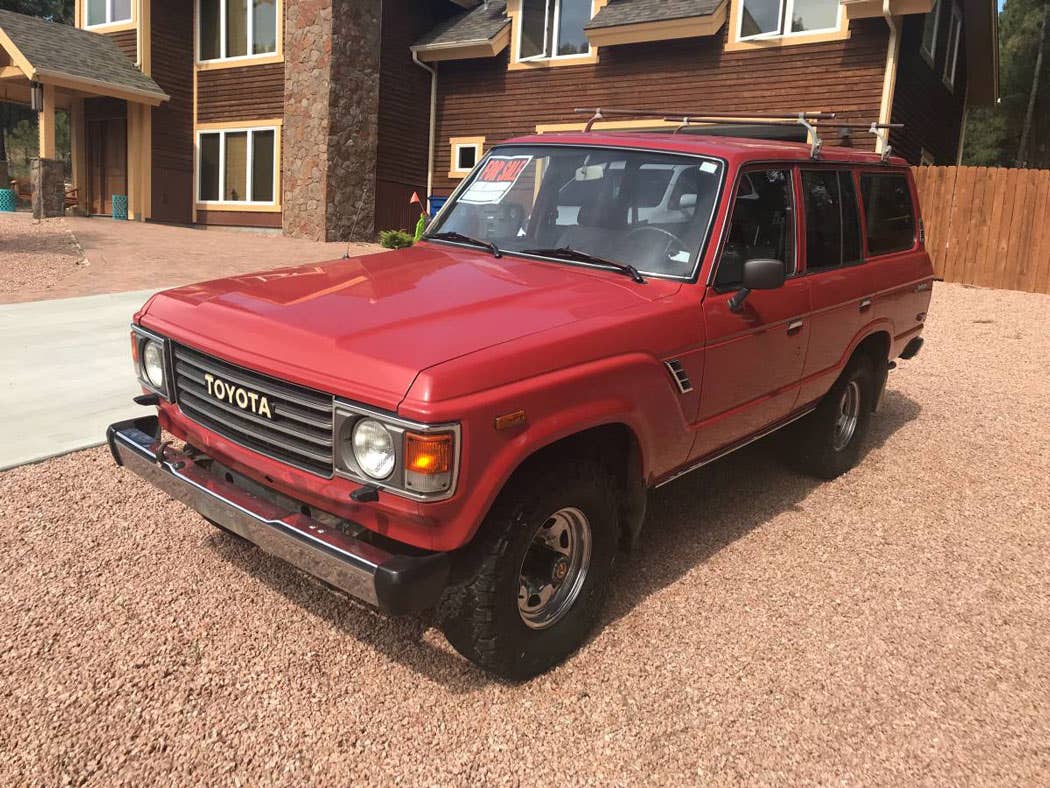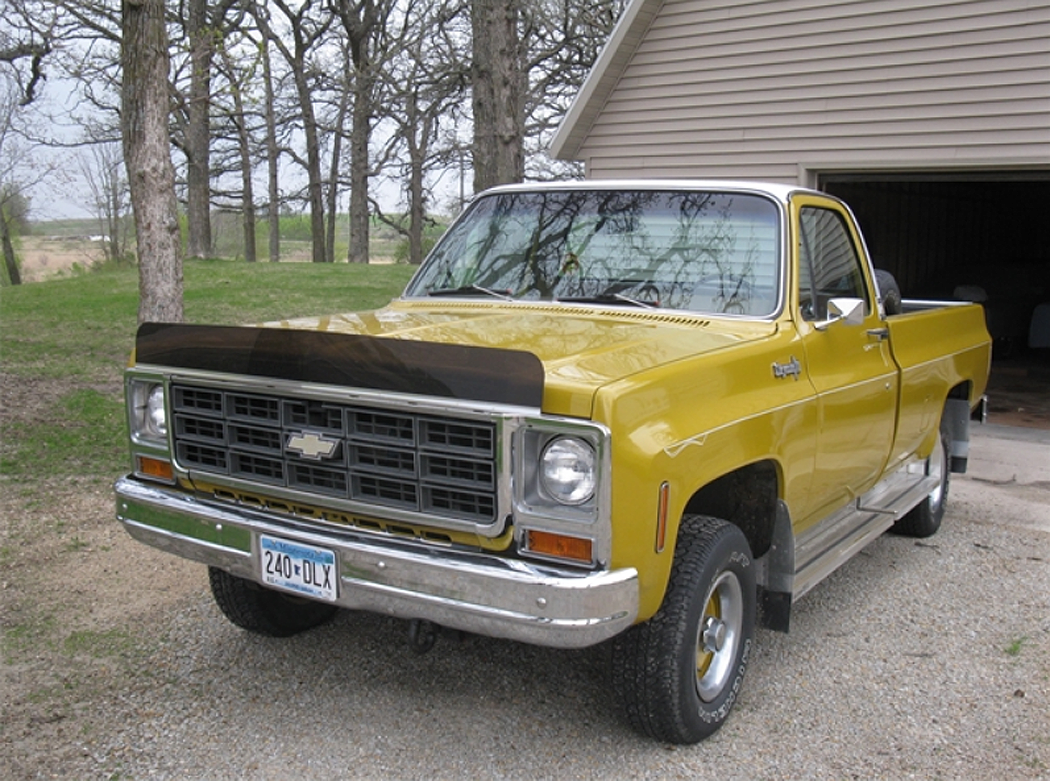Dandy Delivery Trucks
A look at some of the trucks that made Ford number one in 1937 for their custom delivery bodies.
In 1986, Ryland Ford in Duluth, Minn., was sold and changed its name to Northstar Ford. At the time, Old Cars Weekly reader Jim Patrick had been working at the dealership for 17 years. In those years, dealer Del Ryland had come to learn that Patrick was interested in collector vehicles. As a parting gift, Ryland gave Patrick a photo album filled with black-and-white photos of once-new Ford trucks taken for the preceding Ford dealership, which operated as Sterling Motors until 1962, when Ryland took over.
The photos pictured here from that album are dated 1936 and, indeed, all of the vehicles depicted are 1936 and 1937 models. Not only do the photos show wonderful new vehicles, they offer a window to the businesses that kept Duluth bustling as the Great Depression was letting up. Unfortunately, only one of the businesses identified on these trucks could be found in a current directory search under these names — the Duluth News Tribune. The other businesses were probably replaced by chains or victims of consolidation. But in 1936, they were healthy enough to splurge on new capital expenses, and one of their biggest of purchases was new wheels for hauling their goods.
In 1936, Ford Motor Co. was coming off a good year. The company had sold more vehicles in 1935 than it had since the start of the Depression. In fact, it would not sell more vehicles in one model year than it did in 1935 until after World War II. Ford trucks did their part to haul Ford Motor Co. further into the number two position of automobile manufacturers, as the company’s trucks were the best-selling truck brand for the first time since 1932.
In comparison to Chevrolet, 1936 Ford truck production didn’t look as good as it had the year before. Ford trucks were very mildly facelifted and sported just a few minor mechanical improvements, while Chevrolet’s trucks hit the scene with much greater changes. Ford slipped out of the number one position that year, but not of its volition — its competitor simply had more newsworthy changes, just as Ford had the year before when added press for the new products helped incite demand.
Ford trucks for 1936 were essentially warmed-over 1935 models. On trucks not based on passenger cars, the Ford emblems on the sides of the hood were moved from the middle to the front on 1936 models. Under the hood, alterations were undertaken to reduce flathead V-8 engine overheating issues through the use of larger radiators, more hood louvers and revised fans. Engine horsepower on 1-1/2-ton trucks was also reduced to increase engine durability, and the engine was now shared with some 1/2-ton models. In May 1936, Ford also built its 3 millionth truck. The 1936 Ford trucks depicted on these pages illustrate the passenger car-based sedan delivery, identified as a type 68-780, as well as the Type 67-820 1/2-ton panel delivery and 1-1/2-ton Type 51 panel delivery.
Bigger changes swept through the Ford truck line for 1937. Ford designers cleverly masked the carry-over bodies with fresh and more aerodynamic grilles and a V-type windshield arrangement. Behind the radiator, all 85-hp V-8 Fords adapted an improved flathead with improved ignition, an overhauled engine design with self-lubricating water pumps and other substantially improved features for increased longevity. A new, European Ford-derived 60-hp flathead was also offered, and was hugely popular, thanks to its excellent fuel economy.
Passenger car-based 1937 Ford trucks adapted the same new engines and sported new sheet metal of their own. The grille was now more pointed and rakish, but more noticeably, the headlamps were sunk into the fenders. Both features leaned back, towards the passenger compartment, multiplying the vehicle’s aerodynamic appearance.
Ford trucks did very well for 1937. Production exceeded that of 1935, and was enough to overpower Chevrolet’s figures to make it the best-selling truck again.
Ever wonder what your classic ride is worth? Old Cars Price Guide is now online! Check it out and join to get the unbiased and real-world pricing on classic cars. You get pricing anytime, anyplace on your phone, tablet or computer.
Angelo Van Bogart is the editor of Old Cars magazine and wrote the column "Hot Wheels Hunting" for Toy Cars & Models magazine for several years. He has authored several books including "Hot Wheels 40 Years," "Hot Wheels Classics: The Redline Era" and "Cadillac: 100 Years of Innovation." His 2023 book "Inside the Duesenberg SSJ" is his latest. He can be reached at avanbogart@aimmedia.com



